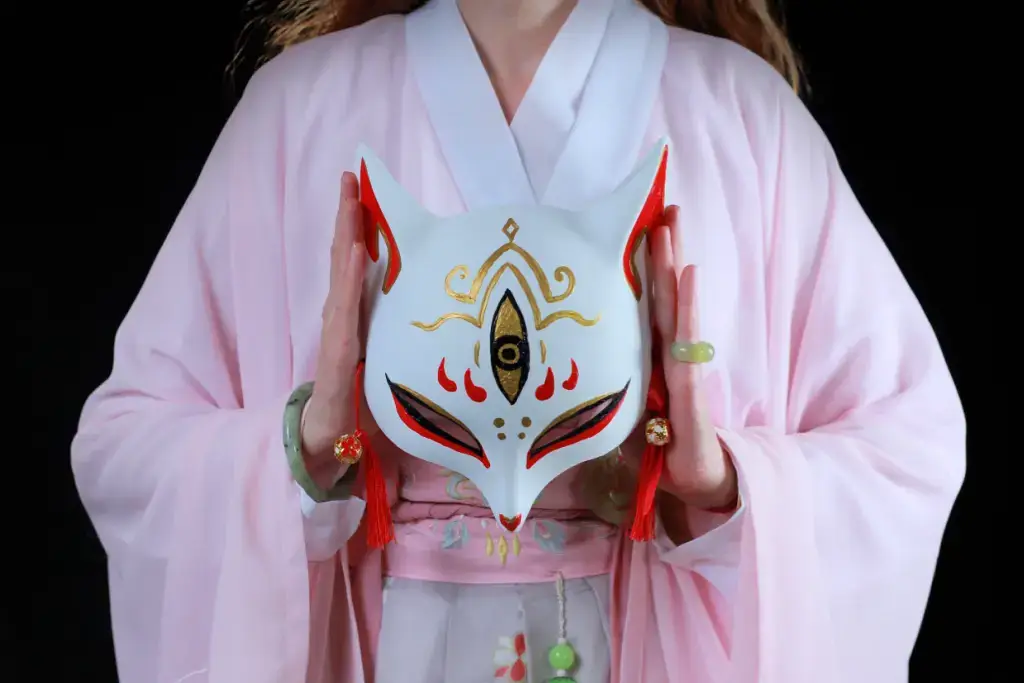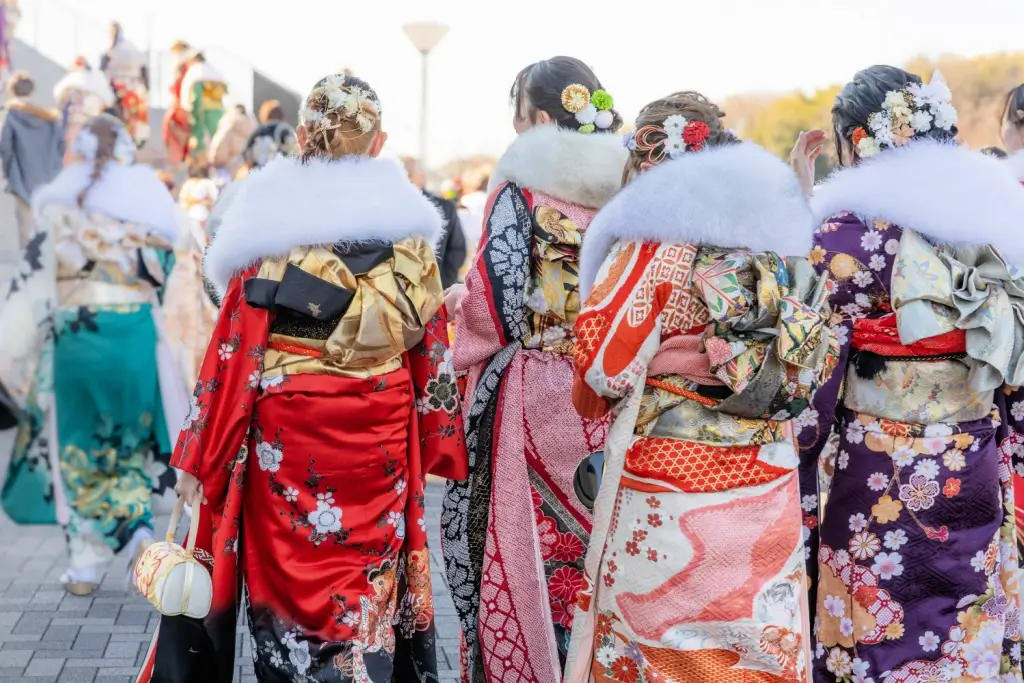kitsune
Kitsune: The Japanese Legend of the Fox
James Lau
Posted on September 12, 2024
Share:

The kitsune is a fascinating figure in Japanese folklore. Many respect and fear them; they are a major figure in the Shinto religion. Their legends represent them as both protectors and tricksters. In this article, we will explore legends, their presence in notable tales, shrines dedicated to them, foods inspired by them, and their overall importance in Japanese tradition.
What is the kitsune legend?
A kitsune is a magical fox with the power to shape-shift into a human. These creatures are often portrayed as highly intelligent and capable of trickery, with their power growing as they age. As a result, they may develop multiple tails, with the most powerful possessing up to nine tails. These creatures are also closely linked with the Shinto deity Inari, the god of rice and fertility, often serving as divine messengers in this spiritual realm.

Kitsune can be both good and bad. While some help humans by protecting crops and offering guidance, others are tricksters who deceive. Their shapeshifting abilities allow them to blend into human society, often taking the form of beautiful women. Not all interactions with these magical foxes are negative, as some humans receive aid or blessings from these mysterious beings.
Are there any notable tales about the legend?
One of the most famous stories involving a kitsune is the tale of Tamamo-no-Mae. Tamamo-no-Mae was a beautiful woman who served the Japanese imperial court and was known for her intelligence and grace. However, it was later discovered that she was a fox in disguise, using her powers to influence the emperor. She fled when her true identity was revealed but was eventually captured and punished.

Another well-known kitsune story is that of the White Fox of Shinoda Shrine. In this tale, a white fox transforms into a woman and marries a human man. Their love is genuine, but eventually, the white fox’s true identity is revealed, forcing her to leave her family and return to the spiritual world. Despite the sorrow, the story shows these magical creature’s ability to form deep emotional bonds.
Which shrines honor kitsune?
Several shrines in Japan honor these foxes, particularly those associated with Inari. Fushimi Inari Taisha in Kyoto is the most famous, and it is known for its red torii gates stretching for miles. This shrine is the central place of worship for Inari, and there are fox statues throughout the shrine. Visitors to Fushimi Inari leave offerings of rice and other foods to honor these magical foxes, believing they will bring prosperity and protection.

Another shrine with deep ties to kitsune is the Shinoda Shrine in Osaka. This shrine is associated with the White Fox legend and holds spiritual importance for those seeking its protection. Worshippers leave offerings at the shrine, asking for agriculture, business, and personal blessings. Moreover, these shrines serve as places where people can connect with these magical creatures as protectors and symbols of richness and abundance.
Are you looking for great snacks that feature the kitsune legend? Check out Sakuraco! Sakuraco delivers traditional Japanese snacks, teas, and sweets from local Japanese makers directly to your door so you can enjoy the latest treats directly from Japan!
Which food features this folklore legend?
The influence of these magical foxes extends into Japanese cuisine, with certain foods named after them. One such dish is kitsune udon, which consists of thick wheat noodles in a savory broth topped with fried tofu, or aburaage. According to legend, fried tofu is a fox’s favorite food. Another popular dish is kitsune soba, which uses buckwheat noodles instead of udon but retains the same fried tofu topping.

In addition to noodles, kitsune senbei is a rice cracker shaped like a fox. These crackers are often sold near shrines dedicated to Inari, allowing visitors to enjoy a fox-inspired snack while exploring. Kitsune senbei and other themed foods connect the creature’s legendary status with tangible, everyday experiences. By enjoying these dishes, people can bring the mystic fox into the modern world in an edible form.
Why is the kitsune important in Japanese tradition?
The kitsune is essential in Japanese tradition due to its symbolic duality of good and evil. As tricksters, they represent cunning and deception, causing chaos and confusion. They are also revered as protectors, particularly as messengers of Inari, where they symbolize richness, prosperity, and success. This duality makes these creatures a powerful symbol of life and the fine line between right and wrong.

The kitsune’s connection to Inari enhances their status in Japanese culture. Inari’s connection with rice, agriculture, and richness places them at the center of these aspects of Japanese life. By honoring these foxes through stories, shrines, and food, people ensure the well-being of their communities. They also serve as a reminder of the forces that govern everyday life, making them key figures in ancient and modern Japan. Have you ever heard of these kitsune stories? Which aspect of these magical foxes did you like the best? Let us know in the comments below!

Discover authentic flavors with Sakuraco
Get Sakuraco 

Discover authentic flavors with Sakuraco
Get Sakuraco 
Related Articles

Hotei and the Mythical Lucky Gods of Japan!
Across Japan, the “Seven Lucky Gods” are beloved symbols of fortune and prosperity. Today, we’ll learn about these mythical lucky gods and where you can see and celebrate them!

Japan in January: Five Festivals to Welcome the New Year!
These celebrations, from ancient demon and fire rituals to martial arts and armor displays, are worth attending, especially for foreign tourists and first-timers. Here is a closer look at five festivals happening in Japan in January.

Christmas in Japan: The Story of This Enchanting Celebration
While Christmas Day isn’t a holiday in Japan, its popularity has grown remarkably. So, how did this tradition start, and what makes it so special in Japan?

Koi Fish and the Symbolic Animals of Japan!
Alongside koi fish, other animals like cranes, deer, cats, and tanuki carry powerful meanings in Japanese tradition. These creatures represent values such as harmony, hope, and adaptability.



